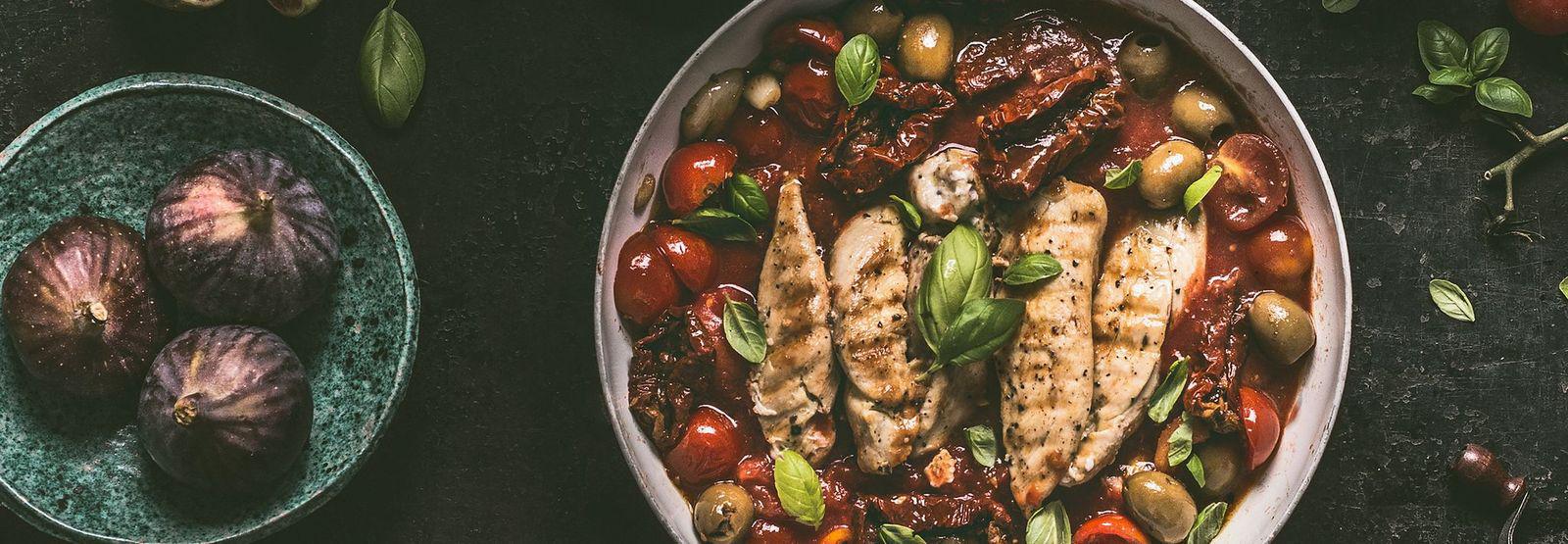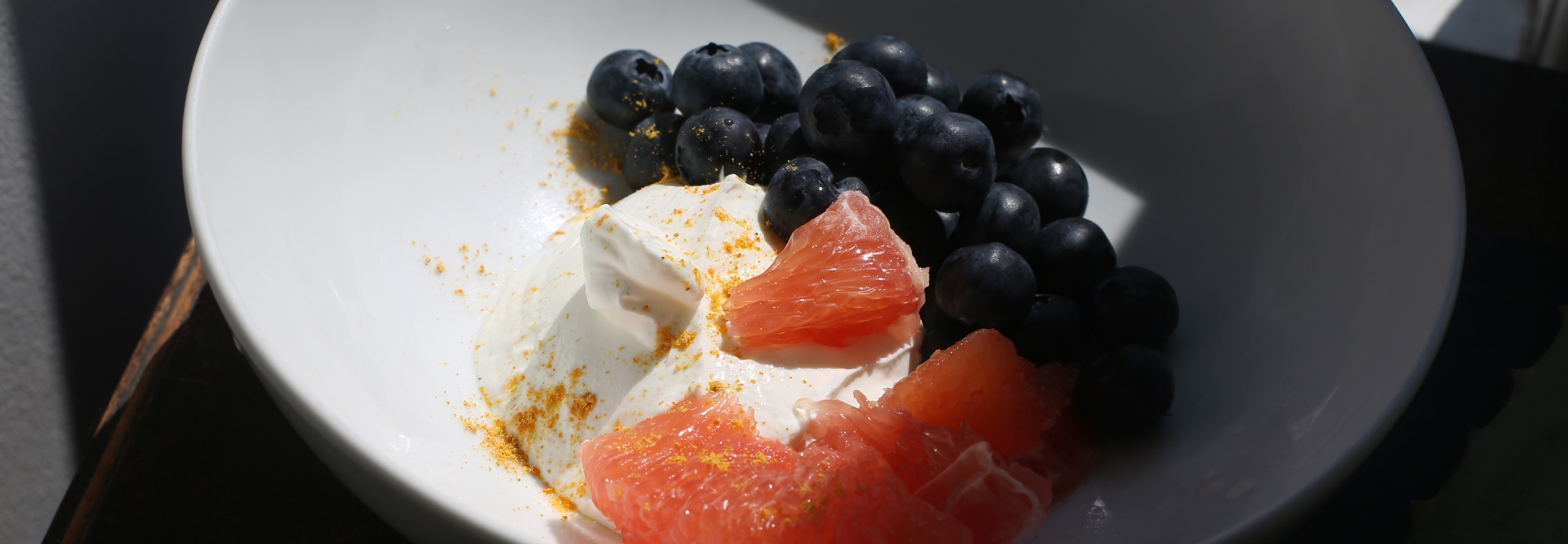The quest
for better.
Sign up to our mailing list to discover the future of beauty and wellness.
4 Minute ReadEducation by David Levesley
05.01.22 (Updated 03.02.23)
Lunch is our first chance to truly enjoy a meal of the day, and yet it has long become something side-lined, or even worse: endured. If TS Eliot could measure out his life in coffee spoons, then the modern person can measure theirs out in sad sandwiches, wilted salads or simply in missed opportunities for fuel.
Should lunch be your chance to eat well, or should it be a stopgap before dinner? Does lunch change if you’ve got weight loss or muscle gaining goals? How does one even make lunch enjoyable if they’re preparing it for themselves - and god forbid, their family or loved ones - every single day?
Sometimes, to cut through the anxiety of modern life, you just need to talk to an expert. Enter: Mike Molloy from M2 Performance Nutrition, a nutritionist whose blend of no nonsense advice, practical nous and high calibre clientele makes him my personal favourite man to speak to on all such matters.
In this page, Mike Molloy talks you through healthy lunches, hot or cold, to take to work or enjoy at home.
Similar to breakfast, a common misconception is that lunch should be 'light', and people want to have as low-calorie of a lunch as possible. This is out of potential fear or desire to 'save' the calories for dinner and later.
Oftentimes people will be afraid to have certain foods or amounts of foods at lunch because they could be fearful of what might happen later if they ate more and still feel hungry. If this happens, you might want to reassess your current nutrition plan and lifestyle to see if they are appropriately aligned.
If there are emotions beyond the physiological factors at play, consider reaching out to an accredited mental health professional for support.

When trying to build out lunches, you could use the 'guidelines' of having a protein, carb, fat, and 'colour' to help create a well-balanced meal, and provide you solid energy.
Protein examples: chicken, deli meat, tofu
Carb examples: potatoes, rice, bread, frui
Fat examples: nut butters, oils, avocado
'Colour' examples: vegetables (broccoli, lettuce, peppers etc.) and/or fruit (berries, grapes).
Some of these categories can also count as other categories - an egg, for example, is both a protein and fat - and that is okay! The guidelines are meant for general structure.
Meal prepping is a great idea! But a common resistance to it is due to the belief that it has to 'look' a certain way, aka having 70 containers filling your fridge and eating a repetitive, boring meal like chicken, rice, and broccoli only.
That is not the case! It does not have to 'look' the same for everyone and does not need to be time-consuming. Like to have variety but want the time-saving benefit of meal prepping? Try 'bulk style' or prepping ingredients. 'Bulk style' is cooking a lot of the same thing, like cooking a lot of meat at once, and using that prepped food to mix and match throughout the week, instead of making it fit into a specific repetitive meal. At the same time, you could have a sheet pan of potatoes in the stove, which you could use in different ways with different dishes. The secret is efficiency and variety!
If someone is working out at lunch, the amount of food you should have pre-workout will also depend on what your training/workout style is and what you have had for breakfast that day (if you had breakfast at all.) Focus on having a solid breakfast with carbs, fats, protein, and veggies since you most likely will not be having another full meal before your lunch-break workout. Plan on having a snack ~1 hour before your workout with quick carbs and some protein.
Then, after your workout, you can have a shake sooner after and then wait between 45 mins to an hour for a smaller 'lunch' option with protein, carbs, veggies, and little fat like a chicken wrap with peppers.

Avoiding that mid-day slump is a great sign that you are on the right path! Being able to have sustained energy and mood for whatever the latter end of your workday or afternoon might bring to you is so important.
Ask yourself, am I feeling more tired 30-45 minutes after I’ve eaten or not? That could be a sign that your lunch might not be as well balanced between protein, carbs and fats as you thought. It may instead provide you with a quick spike in blood sugar, or energy levels, but quickly die off too, often time adding to that 'midday slump.' The goal is to feel satisfied with our hunger and energy levels after eating.
Whether you were not able to bring in a lunch or you are going out with coworkers, you do not have to throw in the towel. Some strategies can help you navigate what options could be more aligned with your goals.
When you are reading the meal description, think to yourself: 'can I easily figure out what/if the protein and veggies are in this meal?' Typically, foods eaten out will have much more fat and carbs than a homemade version, so ensuring you can easily identify what the protein and veggie will be in your meal can steer you in the right direction.
If all else fails, opt for a grilled or baked version and ask for light oil and/or dressings on the side!